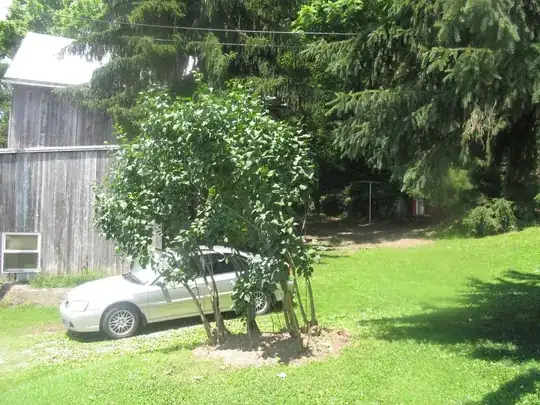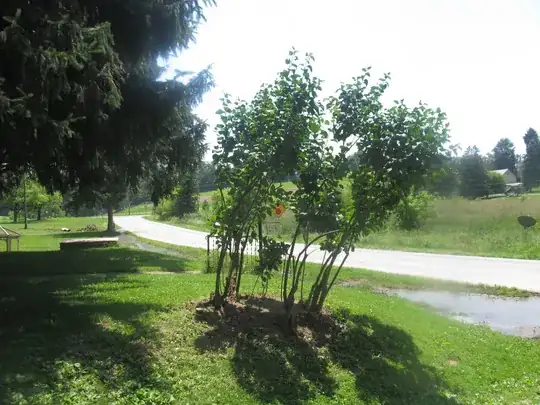I have a very old (about 120-125 yrs. old) lilac bush. It was cut almost to the ground 20 years ago. I had been told that this was how to control giant lilacs. It had formerly been 18' high and 25' across, and was hard to mow under. I regret this step, and the bush has never looked good since. The spruce tree behind it has really grown, and the lilac is growing at an angle, with thin, spindly stems.
- The shrub is on foundation soil from the house
- It gets full sun from noon to about 7 pm
- I fertilize with compost and Spray-n-Grow Perfect Blend
- I don't water it, but the soil stays moist most of the year
- I've treated for hornets in the past when they were an issue chewing bark
- Most of the growth is root suckers-the old stumps are mostly rotted out
I like to keep as many 'historic' plants as possible on my property. Assuming I want this one to live and recover, what should I be doing to maintain it, or keep it from going downhill?


